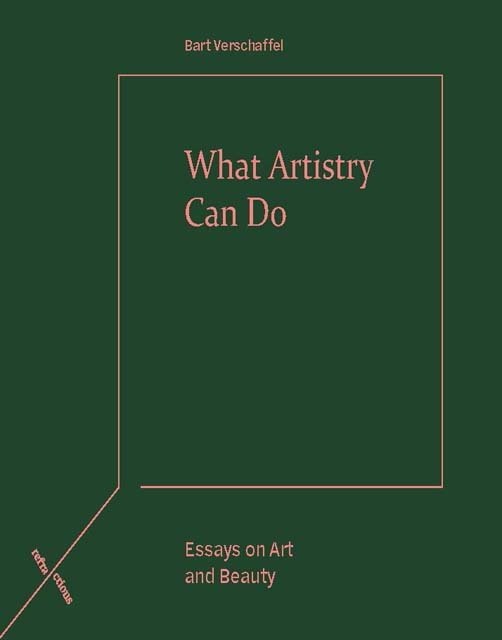12 - On the Aesthetic Gaze, Beauty and the Two Sources of Ugliness
Published online by Cambridge University Press: 18 November 2022
Summary
Do you know any means of suppressing what
arises from the things you see?
Paul ValéryBeauty, in all its forms, was a central topic in literature and philosophy until the end of the eighteenth century. Ugliness, by contrast, was seldom written about, and even then, only incidentally and indirectly. The puzzling thing about ugliness, as Aristotle had already noted, was that even the banal or ‘ugly’ can be rendered interesting or beautiful through artful depiction. There is ‘beautiful’ and ‘beautifully-ugly’; but the artfully-ugly is not the same as ugly art. When it came to the philosophy of art, this insight fostered an appreciation of beauty's magical, and above all, deceptive, power. Comparatively little thought, however, was devoted to a precise formulation of what ugliness might signify. The theories of the sublime, the picturesque and the fantastic, which originated in the eighteenth century, generally follow the same trajectory: they analyse how something initially perceived (or sensed) as possessing a ‘negative’ aesthetic value can nevertheless, quite unexpectedly, be experienced as ‘positive’. Everything that is menacing and dangerous, with the power to annihilate our very existence, seems to send a pleasant shiver down our spines. The irregular, the rough or the weathered, the incomplete, the immature or the anecdotal might also – contrary to all classical standards of beauty – be regarded as charming. And the forced, the whimsical and the bizarre can prove oddly entertaining. The (theoretical) interest in ugliness first emerged at the beginning of the nineteenth century, mainly among the German idealist thinkers and literati, and reached an early pinnacle in The Aesthetics of Ugliness (1853) by Karl Rosenkranz. But these authors also looked more deeply, in a Hegelian sense, into the way ugliness – understood as the opposite or negation of the various forms of beauty – can be aestheticised and idealised through artistic representation. Moreover, they assessed how variants of ugliness can be integrated into a broader and more complex notion of beauty: ‘[Art] must show us ugliness in the full compass of its mischief, but it must do this nevertheless with the ideality with which it handles the beautiful.’
The great Enlightenment thinkers analysed the concept of beauty from the perspective of aesthetic judgement, which they considered to be a statement about an object's inherent nature.
- Type
- Chapter
- Information
- What Artistry Can DoEssays on Art and Beauty, pp. 154 - 174Publisher: Edinburgh University PressPrint publication year: 2022

